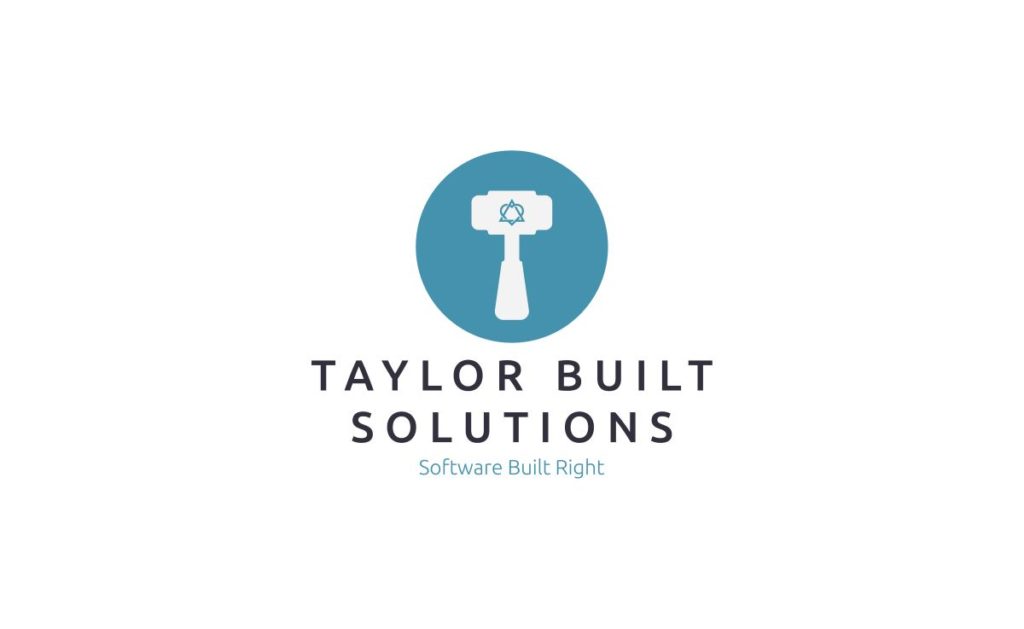
During the nine years I worked for one of my employers I had the opportunity to work remotely full time for several years. Given my time doing full time in office, full time remote, and a combination of both I’d like to share some of the insights that I found. My hope is to provide companies and teams a suggestions to make them more productive and effective with both co-located and remote employees. In short, I’d like to help you make remote work possible.
Side Note: If you’re considering starting a remote team, please read Remote: Office Not Required by Jason Fried and DHH. What I’m going to say here is said more eloquently there.
Communication Is HARD; Get The Tools To Make Remote Communication Smooth
There need to be simple, clear, and obvious ways of communicating. If an employee needs specific type of information or to communicate in a specific way they should not have to guess where to go or how to do this. This means having a single tool for each kind of communication. That includes:
- A text chat tool
- A video/voice chat tool
- A long form text tool
- Bug tracking software
There are a couple caveats I’d like to include. The text chat tool needs to handle both two person chat and group/team chat. If the video/voice chat tool is rolled into the text chat app (like Microsoft Teams or Basecamp) so much the better. The long form text tool should be THE place for things like documentation, plans, etc. Lastly, the bug tracking software should be able to integrate with (or at least take links to) the long form text app so that stories can be tied to documentation.
Prioritize Asynchronous Communication
Humans, by nature, are social creatures. Some of us are introverts but, at the end of the day, we all need to socialize with our friends to some degree. Because we are at work many hours of our lives it is only natural to make friends and be social at work. Remote work certainly makes this difficult and I am aware of that. Please read what I have to say here with the understanding that I do enjoy social interaction and am not looking to discourage it. What I have to say here is for the purpose of making our work time more productive.
People need time for thought work
When I go to dig into a bug report or feature I need time to do several things:
- Build context on the subject in my mind
- Understand the change being requested
- Plan how to make the change
- Implement the change
- Test the change
If I’ve been working in a particular area of code recently or on a project that the change is related to these steps may happen quickly. In this case I’ve already got much of the context of the problem and the code in my brain.
If, however, the arena of the problem is new to me this process can take a long time. Usually, I need to spend a lot of this time by myself building a mental model of the problem, our current solution, and what we want to do. Of course there will be a point in this process where I have enough context to ask good questions of others involved but, until then, that cannot happen. This is where remote work really shines.
People need lack of distraction for thought work
In order for me to truly focus on building the aforementioned context I need not only time but a lack of distraction. I need to be able to put aside my worries about all of the other tasks I am responsible for so that I can focus on *this* one.
Don’t distract the workers
This all leads to the main point of this section. I am VERY capable of distracting myself without any external help. I would go so far as to consider myself an expert at distracting myself. In order to really focus on the task in front of me I need to temporarily put aside all the things that distract me. This includes things I typically want to read, watch, or play on my phone or computer.
This includes your messages in all their forms.
Please don’t take this personally. It’s about me not you. What it does mean, however, is that I need to ignore you for a while so that I can get this task done. Believe me, I appreciate you and I WILL come back to what you’ve said and answer you. It will just be after I’ve accomplished enough on this topic that I feel comfortable taking a break.
Put ALL Of Your Meetings On The Calendar
During the period that I worked remotely full time the company had few remote employees. None of them were full time remote workers other than I. As a result many of my co-workers fell back on “out of sight, out of mind” and treated those in the office as the only ones working. They did not do this on purpose but it, nevertheless, is what happened.
When something needed to be communicated quickly impromptu meetings were often called by walking around and gathering everybody who needed to participate. This led to situations where I would report something only to be asked why I’d worked on it. It was clear from the meeting a few days ago that we weren’t going to do that. Except that it was an impromptu meeting that hadn’t included anybody who was remote at the time. At this point everybody would apologize and we would figure out how to move forward.
This has led me to the opinion that all meetings should be scheduled on the calendars of those who should be included. Even if it is a short meeting that you want to have quickly, it should be sent as an invite with enough time for those who are remote to find it and be able to hop on the call. This will make sure that everybody who needs to be there can truly be there. I will re-iterate that I don’t think any of my co-workers did this intentionally. The issue simply presented itself as a result of everybody working in the office.
Be a Remote First Team
All of these suggestions are ways to help smooth communication with team members who are remote. The hardest shift for a company to make, however, is the mindset of the existing employees. The mindset needs to be that a team is a remote team regardless of whether parts of the team are co-located. That is, the team is a remote first team.
What does a Remote First Team look like?
This depends on the members of your team and how well each person handles working remotely. As pointed out by Rebecca Corliss in her article Why “Remote-First” is Actually a Dangerous Mindset, some folks thrive from working in person. As I’ve mentioned in Three Important Points of Communication, talking over voice or in person is often the most efficient way to communicate.
If your team has members who are co-located and work better face to face, I suggest that meetings be run in a hybrid manner. This means having TVs, phone systems, and cameras in conference rooms. When meetings are run, those who are co-located head to the conference room and dial into the meeting. These employees, however, need to make sure that they remember to give space for remote employees to speak. Interrupting several people talking face to face from over the phone is difficult. If your team can handle being fully remote for a meeting, this makes taking turns speaking much easier because everybody has speak up over the phone.
Conclusion – Make Remote Work Worthwhile
Given the correct tools and mindset working remotely with a team can be a wonderful experience. The main thought I want to leave you with is this — if you can learn to be patient and communicate asynchronously you will get a large percentage of the way toward being and effective remote team. If it’s truly urgent pick up the phone and talk to your co-workers. And don’t forget to socialize with your co-workers because working with friends can be great fun.
If you’ve reached this point and are thinking “well, that’s nice but WHY should I bother if I don’t want to have my team work remotely?” thank you for reading this far. At the time that I’m writing this update it is September 2020 and we’re months into quarantine due to the novel coronavirus and remote working is a new reality for many. If you’re still thinking about going back to full time office work when possible please read my post on why you should build a remote team.
